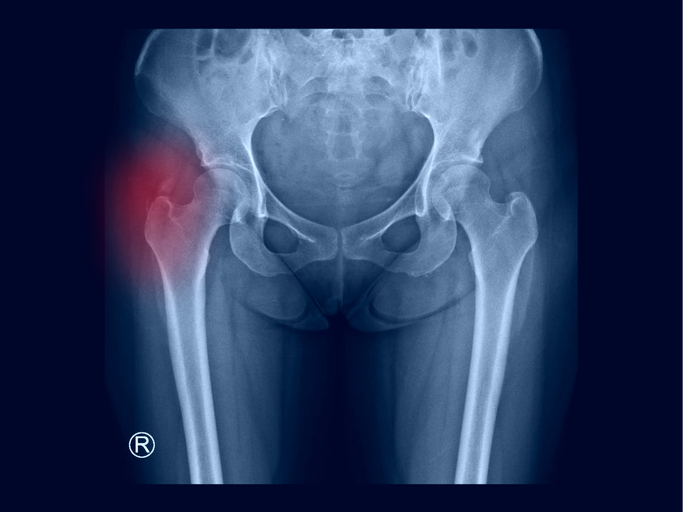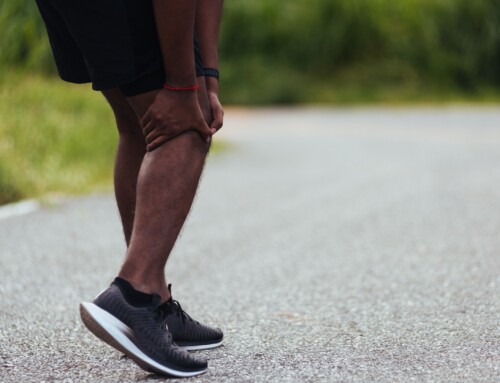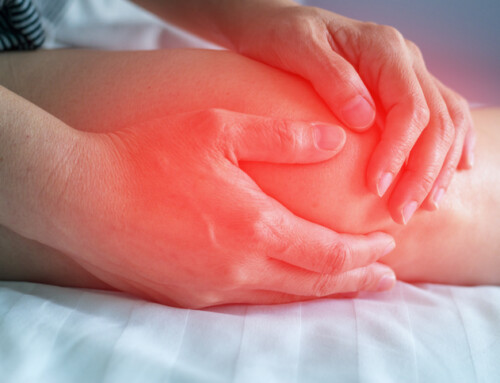By Stephanie Mason, SPT
Snapping hip (SH) syndrome, also referred to as coxa saltans, is described as a snapping or popping sensation on the side, front or back of the hip joint. Snapping or popping is usually felt when the leg is forcefully moved forward, backward or to the side. Some people do not experience pain with the snapping sensation, however, it is more commonly accompanied with pain. This can make it more difficult to perform tasks that involve lifting, kicking or twisting of the affected leg such as standing up from a chair, walking, getting in a car or running. Although snapping hip syndrome is only seen in 5% to 10% of the population, athletes such as dancers, soccer players, runners or weight lifters are at an increased risk to develop this condition due to repetitive hip movement required during these activities.
Causes
Snapping hip syndrome is often referred to as an overuse condition, where the muscles around the hip joint are excessively used and become fatigued. As a result, some of these muscles become weakened, tight and/or swollen. There are three types of SH based on what structures are causing the snapping. Internal SH occurs when the iliopsoas (hip flexor) tendon moves over the edge of the hip socket or the hip joint, which usually causes symptoms in the front of the hip joint. External SH refers to movement of the iliotibial (IT) band or gluteus maximus tendon over a large bump on the side of the femur (thigh bone) called the greater trochanter, which usually causes symptoms on the side of the hip joint. Intraarticular SH (within the hip joint), is caused by tissue damage on the inner surface of the hip joint, which causes symptoms that feel deep within the hip joint.
Signs and Symptoms
- Snapping or popping sensation on the front, side or back of the hip during movement
- Weakness of the muscles around the hip
- Muscle tightness in the front, back or side of the hip
- Swelling in the hip area
- Difficulty performing daily activities that require lifting the affected leg in various directions
How can Physical Therapy help snapping hip syndrome?
Most cases of SH are treated conservatively with rest, pain management and physical therapy. However, some cases of SH require surgical intervention. In either instance, physical therapists can develop an individualized treatment plan to incorporate treatments to reduce pain, such as ice, heat and hands-on manual therapy techniques, restore range of motion in the hip and strengthening exercises to help patients return to their daily activities and restore quality of life. Physical therapists can also discuss strategies to prevent future re-injury, including a proper warm up routine, safe progression of exercises, addressing strength and flexibility concerns early, proper footwear and activity modification strategies for when symptoms flare up.
References
1. Physical Therapy Guide to Snapping Hip Syndrome. Choose PT. April 9, 2018. Accessed June 23, 2023.
https://www.choosept.com/guide/physical-therapy-guide-snapping-hip-syndrome.
2. Ennin K. 3 Types of Snapping Hip Syndrome. Sports Health. March 7, 2018. Accessed June 23, 2023.
https://www.sports-health.com/sports-injuries/hip-injuries/3-types-snapping-hip-syndrome.
3. Yen Y-M, Kim Y-J. Understanding and Treating the Snapping Hip. Sports Medicine and Arthroscopy
Review. 2015;23(4):194-199. doi:10.1097/jsa.0000000000000095






